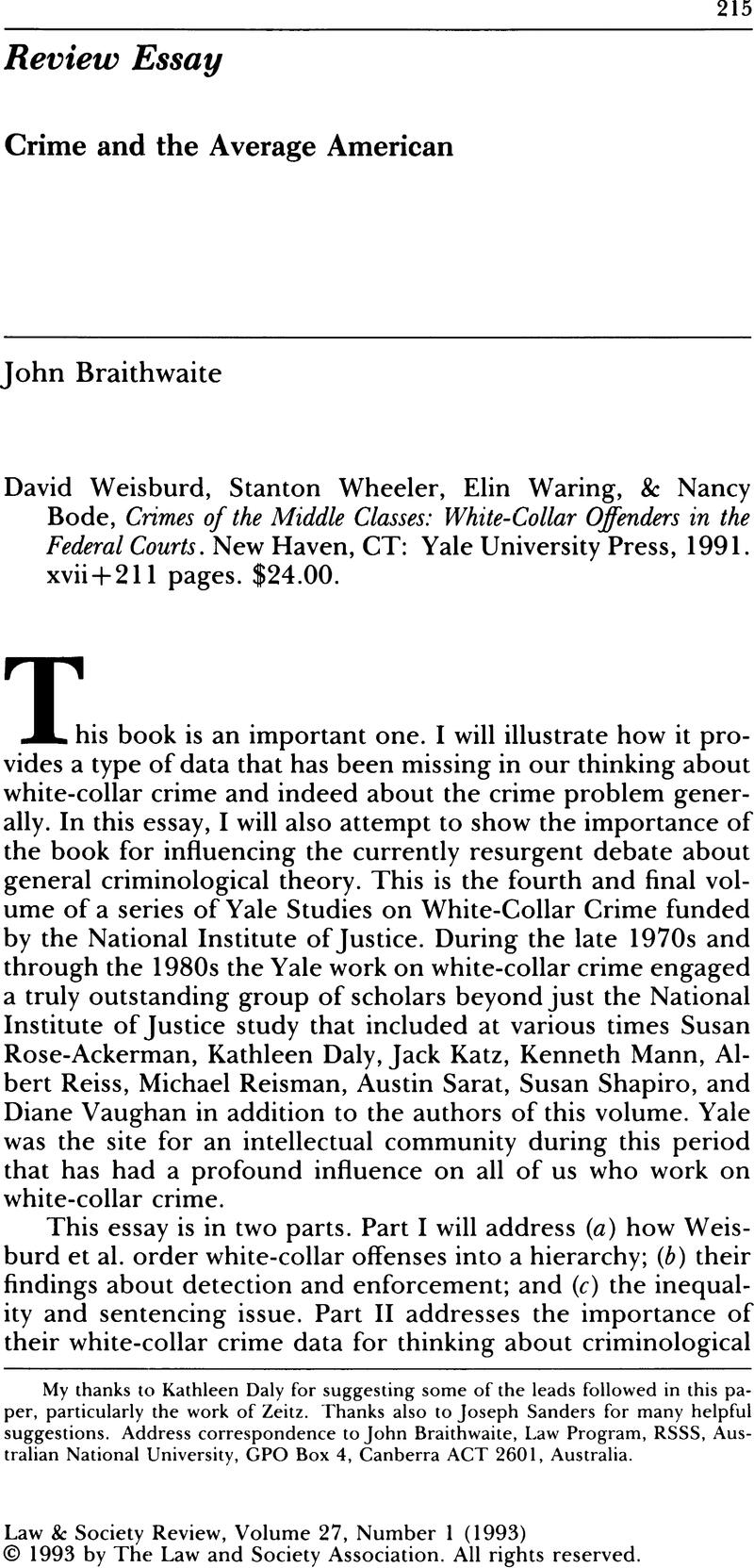Crossref Citations
This article has been cited by the following publications. This list is generated based on data provided by Crossref.
HUTCHINGS, ALICE
2013.
Global Criminology.
p.
93.
Arnold, Bruce Baer
and
Bonython, Wendy
2016.
Financial Crimes: Psychological, Technological, and Ethical Issues.
Vol. 68,
Issue. ,
p.
167.
2019.
Handbook of Crime Correlates.
p.
453.



